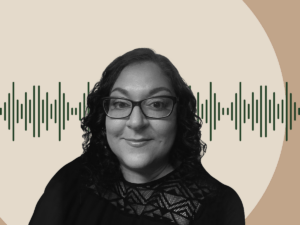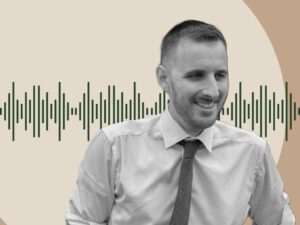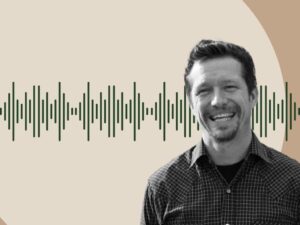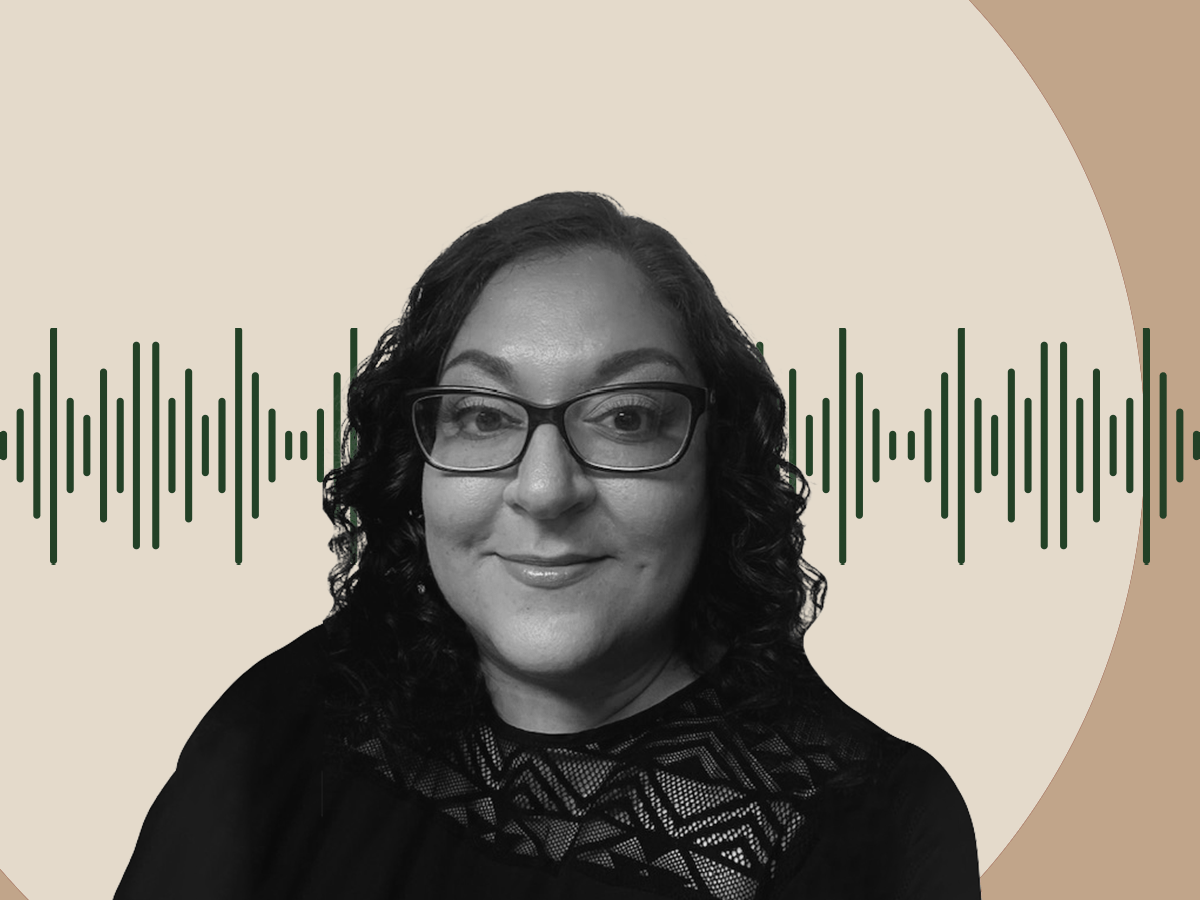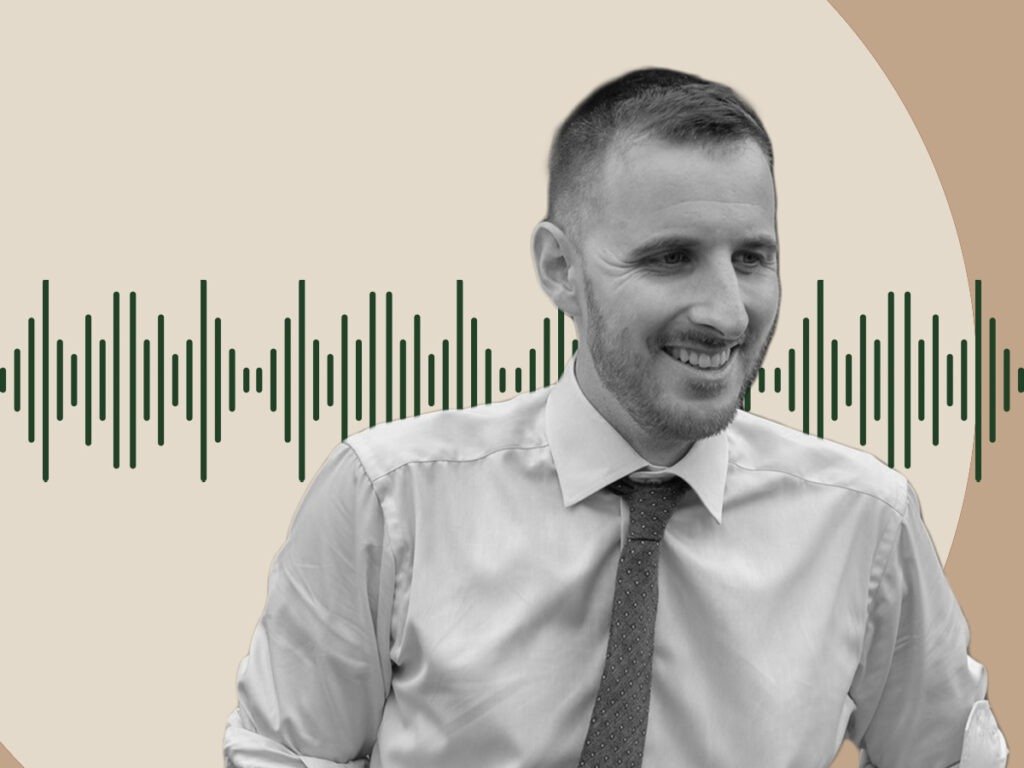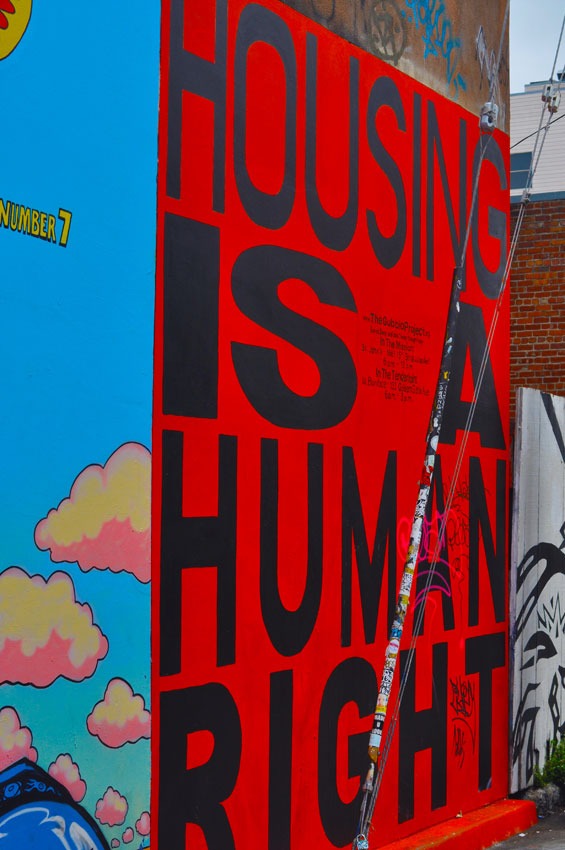
“People believe they know what Habitat for Humanity is,” says Karen Haycox, CEO of Habitat for Humanity New York City (Habitat NYC), which has operated for 35 years and whose work now extends into nearby Westchester County. The strength of the Habitat for Humanity brand, Haycox, notes, is a “both a blessing and a challenge.” Founded in 1984 on the Lower East Side of Manhattan, just eight years after the international organization began, to date Habitat NYC has helped provide housing to over 1,800 families. Its annual revenues last year exceeded $9.6 million.
One thing everyone “knows” is that Habitat mobilizes volunteers and future homeowners, who employ sweat equity to build modest detached single-family homes. Haycox readily acknowledges that, “When you think of Habitat for Humanity, people can’t help but think of a single-family home with happy shiny volunteers raising walls. That’s the image we all get in our minds.” But how would you do that in a market where land is at a premium like New York City?
Well, while Habitat NYC does help build or renovate some single-family homes, by and large the answer is that you don’t. As Haycox observes, “We morph the model in the context where we get our boots dirty.” The beauty of the model, Haycox says, is its flexibility. As Chris Illum, Habitat NYC’s vice president of housing services, points out, every Habitat chapter is unique.
Last month, I spoke with Haycox, Illum, and Habitat NYC’s vice president of external affairs Matt Dunbar about the nonprofit’s evolution. Not every Habitat chapter has developed its own community development financial institution (CDFI) or joined a community land trust, but Habitat NYC has. The reasons are informative, as the organization has sought to pursue its mission of affordable housing amid a very complicated and expensive US housing market.
From “Housing Is Housing” to “Access, Equity, and Justice”
As Haycox explains, “The initial vision of Habitat was that any housing is good housing. Any opportunity is an opportunity. The ability to get a family in the home was really our initial focus. It was a very simple clear focus: Put a family in a home and allow them to accrue the wealth in that house over time.” In New York City, because of limited land, condo ownership was more common, but it was still a pretty traditional model.
Illum elaborates on what drove that to change: “It comes back to access, equity, and justice.” Building home ownership, he notes, is different in a world where land is plentiful and cheap than in a place like the Bronx, where a home that once sold for $100,000 now fetches $800,000. That equity gain is great for the family who gets in, but once it is sold, that house is no longer affordable. In that model, Habitat’s investment benefits one family once.
With a community land trust, or other forms of permanently or near-permanently affordable housing—like limited equity cooperatives, a form of housing in which a nonprofit co-op association holds the majority of the equity but individual member-owners build equity through their ownership of limited shares—any appreciation of equity value is shared between the homeowner and the nonprofit through a specified formula. This formula allows the family to build wealth but caps the equity gain. A common formula in a community land trust, for example, might specify that the family gets 25 percent of the equity gain, while the nonprofit keeps the remainder. Deed restrictions typically enforce this by specifying that on resale the buyer must income-qualify and abide by the same rules.
Dunbar refers to this approach as adopting a generational, or preservationist, mindset. As Dunbar puts it, the goal is to ensure multiple generations of households can be served with Habitat NYC’s limited investment, “so we are properly stewarding our donor dollars and our government-funded dollars and volunteers and sweat equity for the long term.” Central to this idea is the notion that a home is not just an investment for individual households to build wealth, but also “a community asset.”
That said, while community land trusts and limited equity cooperatives focus on building community wealth, individual families benefit too. As Dunbar explains, even though individual equity accumulation is restricted, it is still substantial. The limited equity model offers three ways for families to build wealth: pocket equity—i.e., the money not spent on unaffordable market-rate rentals; earned equity—i.e., paying down the mortgage, sometimes referred to as the “forced savings” aspect of homeownership; and limited appreciation (i.e., the formula-determined percentage of the equity gains). According to one longitudinal case study of Burlington, Vermont, it is these three forms of equity combined that have enabled a majority of families to “step up” to typical homeownership after being community land trust residents.
Another benefit to limited equity homeownership gets talked about less but is equally important, and that is protection from loss should housing values fall rather than rise. Families with limited equity homes borrow far less, and that makes their housing far more stable—a fact that was proven in the Great Recession and which is being repeated in today’s COVID economy. As Illum points out, “Equity may go up and down, but the owners’ equity is still below that. It is very difficult to be overleveraged when you have the proper guardrails with the regulatory agreements, ground lease, the democratic control, and durable structure.”
The Organizational Pivot
The logic of shifting toward a focus on limited equity was compelling, and it helped that Habitat NYC had experience since its early days with limited equity cooperatives, often referred to as Housing Development Fund Cooperatives, or HDFC units, in New York City. An estimated 25,800 households are member-owners in 1,200 HDFC-financed buildings citywide.
Still, making the shift was not easy. As Dunbar relates, “We engaged internally with some really robust debates and conversations among the staff and leadership team, and then engaged the board in these conversations as well. We laid out some of the data, the resales, the length of recapture provisions, what was happening with tax abatements, some of the things we were seeing in the market, what would happen in the long-term. That also included the cost of construction and the need for increased subsidies.”
Haycox acknowledges that, “There wasn’t unanimity…. It was a very difficult conversation from the board and the leadership team and some of the other staff members. I am proud of how we got through that. I think we are strong because we agree on the destination and we have good honest candid conversations about the opportunities to get us there.”
Advocacy was also important, because for Habitat NYC’s shift to work, it was not enough for Habitat NYC to change its practices; the policy ecosystem citywide also had to change. Illum notes that, “We are part of a constellation or an ecosystem of affordable housing activists and residents.… We like to play well with our neighbors.”
As Dunbar explains, Habitat NYC’s partners were more familiar with condos, which were “the predominant model for over 20 years.” Bringing philanthropy and government along, Dunbar notes, was key to the organization’s long-term strategy.
Sign up for our free newsletters
Subscribe to NPQ's newsletters to have our top stories delivered directly to your inbox.
By signing up, you agree to our privacy policy and terms of use, and to receive messages from NPQ and our partners.
As it happens though, Habitat’s shift was well timed, as other housing actors in New York City, facing the same crisis, came to similar conclusions. As Dunbar explains, “We discovered a few other organizations interested in the community land trust model, who were asking some similar questions.” This led to the creation of a joint venture now known as Interboro, which came together in 2017. It supports not only Habitat NYC, but also the Center for New York City Neighborhoods, Mutual Housing Association of NY, and the Urban Homesteading Assistance Board (UHAB).
Becoming a Community Finance Lender
The next stage of Habitat NYC’s growth was developing a CDFI arm, which launched in 2019. As Illum points out, one place where having lending capacity is important is as a preservation tool. One product the CDFI has developed are Fresh Start loans. These allow limited equity cooperatives with municipal debt to pay off that debt and access low-cost financing.
Illum gives an example: “I think of a building in the Hunts Point section of the Bronx. [The co-op] had some pretty heavy arrears because of abandonment.” A $450,000 loan from Habitat NYC ended up leveraging $4 million worth of public investment. The result? “Now there are 50-plus units of permanently affordable housing that will not be lost in a neighborhood that is seeing rezoning and developer investment.”
The cost of not acting in this way, Illum notes, is high. “If we don’t take a preservation mindset, if we are not preserving, supporting, stewarding, and developing durable structures, then as neighborhoods see investment, we will see displacement,” Illum says.
Future Directions
It may be a cliché, but change, as Haycox notes, is constant at Habitat NYC. For example, Haycox recalls that within the Habitat world, “rent” has been a literal four-letter word: “For many years, we just thought it was too much mission drift.” But now, Habitat NYC is looking at using federal Low-Income Housing Tax Credit dollars as a tool to be able to convert more rental properties to resident ownership over a 15-year period.
As Haycox explains, “You start as a tenant. You engage in the management of the building. At the conversion point, you have the opportunity to become owners.” But still, for that 15-year period, Habitat NYC would be in the position of being a nonprofit landlord. That said, the mechanism allows Habitat NYC to assist a vulnerable community that otherwise would be unlikely to be able to own their homes.
Habitat NYC is also moving actively on policy. In 2019, New York state passed its most significant tenant protections in decades, which is leading to new opportunities to convert existing privately owned apartments into limited equity cooperatives. And, if Habitat NYC and its allies have their way, a tenant opportunity to purchase law, or TOPA, might make such conversions easier by giving tenants the first right to purchase their apartment complexes when landlords put buildings up for sale.
“The concept of tenant opportunity to purchase is something that we are doing as part of our work,” says Dunbar, who says the measure at the state level “has a pretty good chance of advancing.” A similar law passed in San Francisco two years ago, and Washington, DC has had a TOPA law for decades.
Dunbar notes, “There is legislation on the verge of being introduced in New York.” If the law were to pass, it would give “a greater opportunity for us to serve and help tenants in the process.”
Haycox adds, “We believe the time is now to preserve a portion of New York as affordable for future generations.”
The Value of Housing Stability
As Dunbar notes, while few limited equity co-op members or community land trust homeowners will get rich, ownership brings much greater housing stability, which is critical in periods like the present economic crisis brought about by COVID-19. In the current economy, homeowners have tools they can use to keep their housing while renters must rely on moratoria. For instance, homeowners can negotiate forbearance with lenders and wrap missed payments to the back end of the mortgage. This, Dunbar points out, “creates stability of place.” By contrast, in New York City alone, at least $1 billion in back rent is owed. Dunbar asks rhetorically, “Where is the mechanism for that to be made up?”
“There is a major concern for a massive eviction wave in rental,” he adds, “but homeowners that have mortgages have more stability.”
Dunbar emphasizes the high stakes: “The homeownership gap is dramatic—it is a racial and economic justice issue. In place like New York City where we have a 31-percent homeownership rate, that inherently leaves working class—and low-income renters are disproportionately renters of color—it leaves them more vulnerable…. So, you see that in a pandemic like this, the difference in rental and homeownership rates is another aspect of how unequal people’s experiences are.”



